Travel Reference
In-Depth Information
Know the features of the chosen work
experience organisation
SECTION 3
Part of the assessment for this unit involves you
describing the key features of the organisation where
you carry out your placement. For this, you will need
to collect information while on work experience in
order to write a report or make a presentation on your
return. The sort of information that you collect will vary
according to the type of placement organisation, bu
t
could include annual reports, brochures, an organisat
io
n
chart, health and safety policy, opportunities for staff
promotion, environmental policy, etc. Make sure that
you get permission before taking any
materials.
•
Number of emplo
y
ees - to include full-time, part-
time and seas
o
n
a
l.
Part 2 - Organisation chart
The day-to-day operations and decision-making in
your placement organisation take place within its
organisational structure, which could be a:
•
Hierarchical or pyramid structure - which tends to
have a small number of senior staff at the top of
the organisation whose decisions fl ow downwards
through a series of tiers of staff. This structure can
either be a 'steep pyramid', with power and decision-
making in the hands of a few people at the top, or a
'fl at pyramid', with more people in lower tiers being
given responsibility for decision-making;
The part of the assessment that as
k
s you to describe the
nature of the work experience
organisation is divided
into seven parts, each of which is explained in detail in
the following sections. You should refer to these seven
parts when working out what information you will need
to collect while on placement.
•
Functional structure - this is when staff in an
Part 1 - Organisation
organisation are grouped according to its main
functions. For example, the staff functions in a typical
tourist board could be development, marketing,
research and fi nance/administration;
You will need to fi nd out a range of basic facts about
your placement organisation, such as:
•
Departmental structure - e.g. staff in a large
•
Type - e.g. a travel agency, tour operator, tourist
outbound tour operator could work in a number
of departments, for example contracting, fl ight
operations, product development, marketing,
customer service, overseas operations, etc.
attraction, hotel, activity holiday centre, tourist
information centre, etc.
•
Ownership - e.g. sole trader, partnership, limited
company, co-operative, public sector body,
voluntary sector organisation, etc. Unit 2 has more
detailed information on the ownership of travel and
tourism organisations (see page 59);
Whichever type of structure exists, managers usually
operate a system known as line management. This
is where each employee has a person to whom they
report and who is responsible for their progress - this
is their line manager.
•
Industry - which component industry it operates
in, for example retail travel, business travel, tour
operations, visitor attractions, accommodation,
public sector tourism, etc.
In larger organisations, an institution's organisational
structure is often shown as a chart to help staff
understand the lines of communication in the
organisation, the sources of authority and to clarify job
roles and responsibilities. Figure 22.3 gives an example
of a simple organisation chart for an independent travel
agency, where the ultimate responsibility lies with the
owner at the head of the company and staff report to
•
Size - this will vary depending on your placement,
but could be the number of bedspaces in a hotel,
number of vehicles in a coach company, number of
visitors to an attraction, etc.




















































































































































































































































































































































































































































































































































































































































































































































